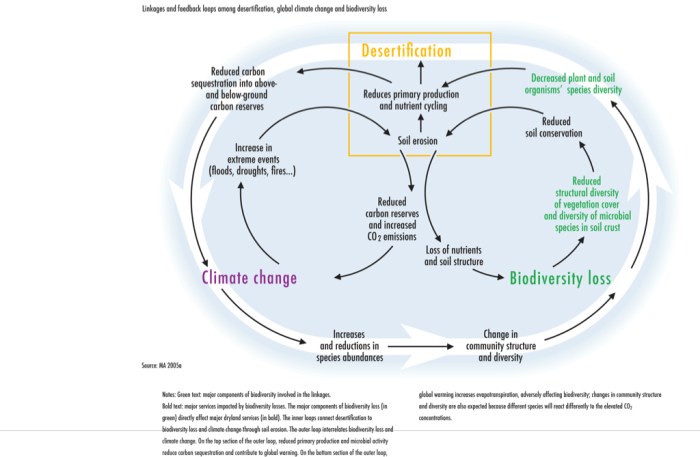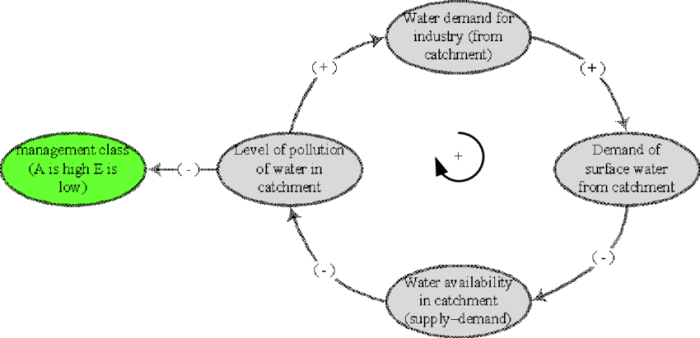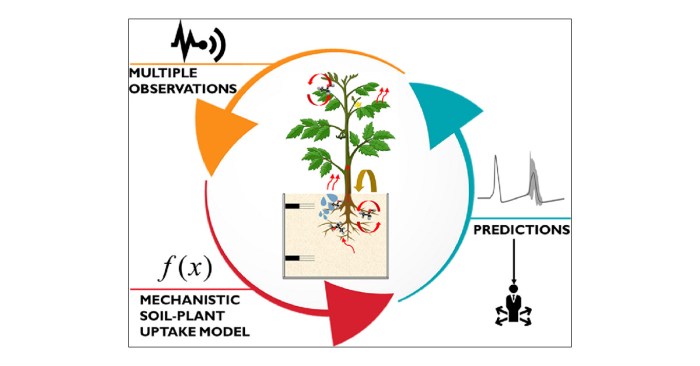Terrestrial plants and their water supply feedback loop – The intricate relationship between terrestrial plants and their water supply forms a dynamic feedback loop that shapes plant growth, ecosystem dynamics, and the very fabric of our planet’s water cycle. This discourse delves into the multifaceted mechanisms that govern water absorption, transport, and loss in plants, exploring the remarkable adaptations that enable them to thrive in diverse environments.
From the intricate root systems that draw life-giving water from the soil to the delicate stomata that regulate gas exchange and water loss, we unravel the physiological processes that underpin plant-water interactions. The feedback loop between water availability and plant growth is a testament to the resilience and adaptability of life on Earth.
Terrestrial Plant’s Water Absorption and Transport
Terrestrial plants absorb water from the soil through their roots, which are specialized organs that increase the surface area for water uptake. The water is then transported through the xylem, a network of vessels that extends throughout the plant. The movement of water through the xylem is driven by transpiration, the loss of water vapor from the leaves through small pores called stomata.
Adaptations for Water Absorption and Transport
- Extensive root systems with numerous root hairs
- Mycorrhizal associations, which enhance nutrient and water uptake
- Specialized root structures, such as buttress roots and prop roots, for stability and water storage
Water Loss and Stomatal Regulation

Stomata are small pores on the surface of leaves that allow for gas exchange, including the release of water vapor. The opening and closing of stomata is regulated by guard cells, which respond to environmental cues such as light, humidity, and carbon dioxide levels.
Environmental Factors Influencing Stomatal Opening and Closing, Terrestrial plants and their water supply feedback loop
- Light intensity: High light intensity promotes stomatal opening for increased photosynthesis
- Humidity: Low humidity increases transpiration, leading to stomatal closure to conserve water
- Carbon dioxide concentration: Elevated carbon dioxide levels reduce stomatal opening as photosynthesis becomes more efficient
Feedback Loop between Water Supply and Plant Growth

Water availability has a profound impact on plant growth and development. Adequate water supply promotes photosynthesis, cell expansion, and nutrient uptake, leading to increased growth. Conversely, water stress can inhibit growth, reduce photosynthesis, and cause leaf wilting.
Plant Responses to Water Scarcity and Abundance
- Drought tolerance mechanisms: Reduced leaf area, increased root depth, and water storage tissues
- Rapid growth during periods of high water availability
- Leaf shedding to reduce water loss
Impact on Terrestrial Ecosystems

Terrestrial plants play a crucial role in the water cycle, absorbing water from the soil and releasing it back into the atmosphere through transpiration. Changes in water availability can affect plant communities and ecosystem dynamics, influencing species composition, productivity, and nutrient cycling.
Implications of Climate Change on Terrestrial Plant-Water Interactions
- Increased frequency and intensity of droughts
- Altered precipitation patterns
- Rising temperatures
Adaptations to Water Scarcity
Plants in arid environments have evolved adaptations to survive under water scarcity. These adaptations include:
- Succulence: Storage of water in specialized tissues
- C4 and CAM photosynthesis: Efficient water-use pathways
- Reduced leaf area and increased leaf thickness
Human Impacts and Management

Human activities can impact terrestrial plant-water relationships. Deforestation, agriculture, and urbanization can alter water availability and plant communities. Water management practices, such as irrigation and water conservation, can mitigate water scarcity and support plant growth.
Sustainable Water Management Strategies
- Efficient irrigation systems
- Water harvesting and storage
- Conservation of wetlands and riparian areas
FAQ Guide: Terrestrial Plants And Their Water Supply Feedback Loop
What is the significance of stomata in plant-water relations?
Stomata are microscopic pores on plant leaves that regulate gas exchange and water loss. They open to allow carbon dioxide to enter for photosynthesis and close to minimize water loss through transpiration.
How do plants adapt to water scarcity?
Plants have evolved various adaptations to survive in arid environments, including reduced leaf size, thick cuticles, deep root systems, and specialized water storage tissues.
What is the impact of climate change on plant-water interactions?
Climate change is altering precipitation patterns and increasing temperatures, leading to changes in water availability and increased water stress for plants.